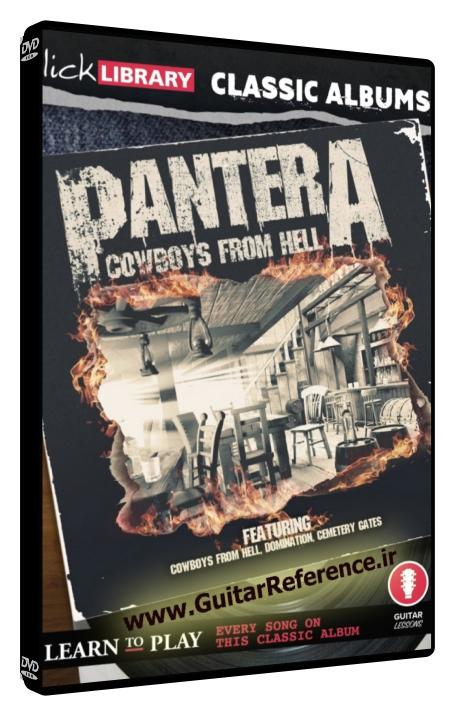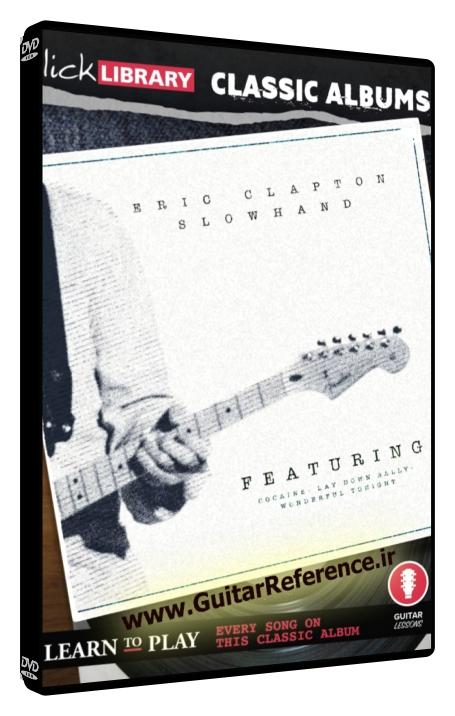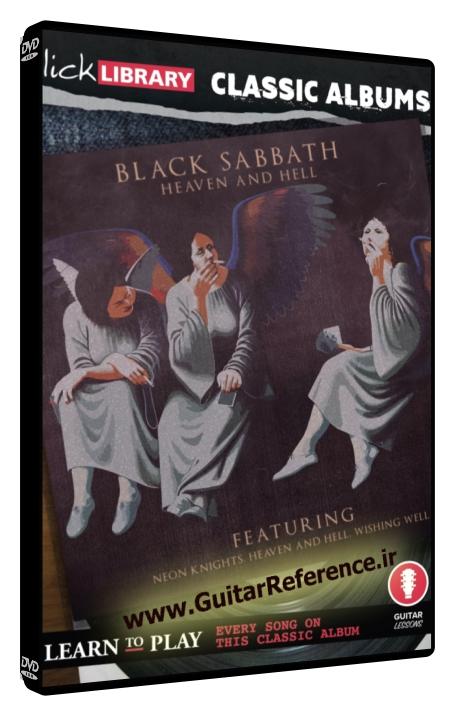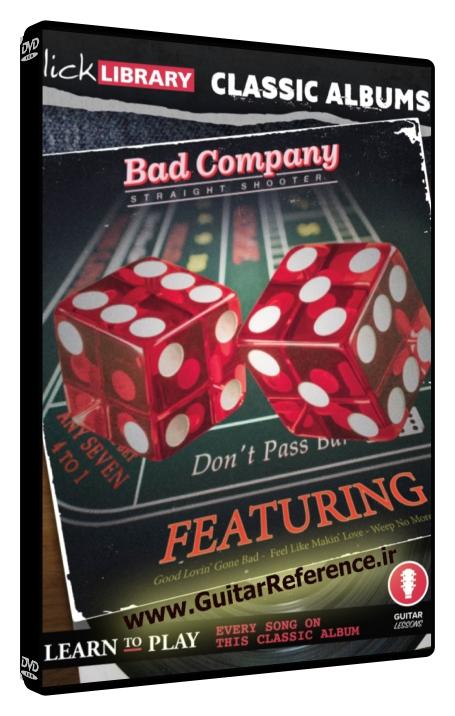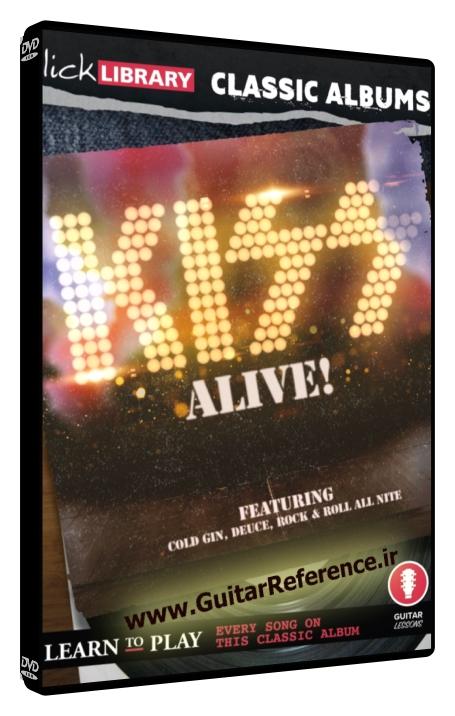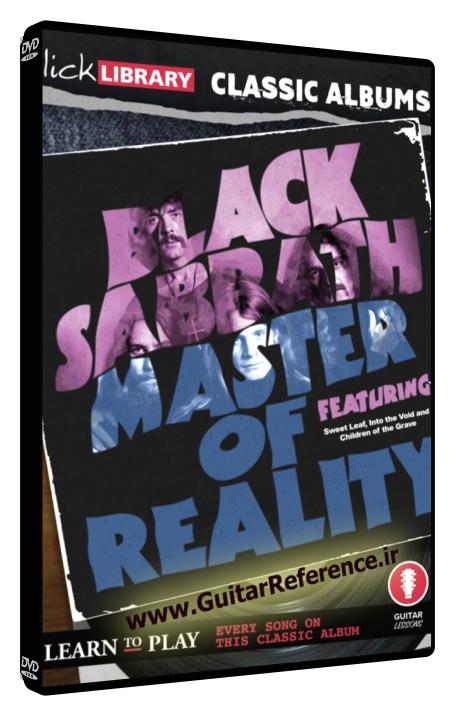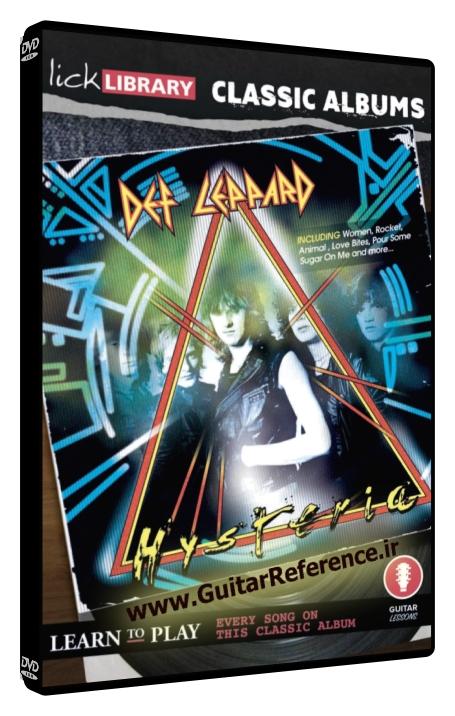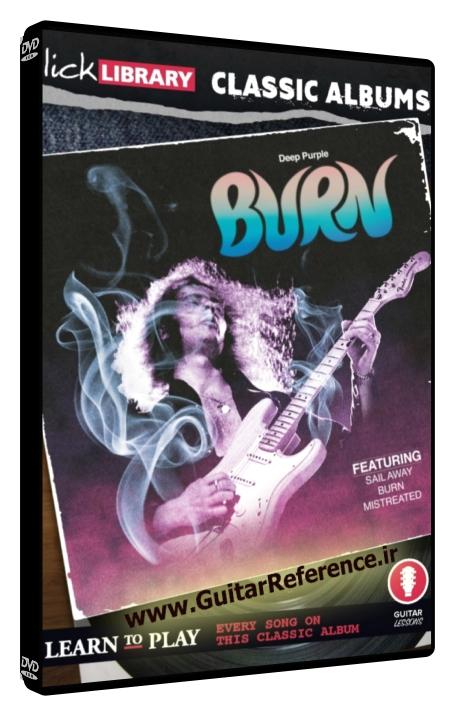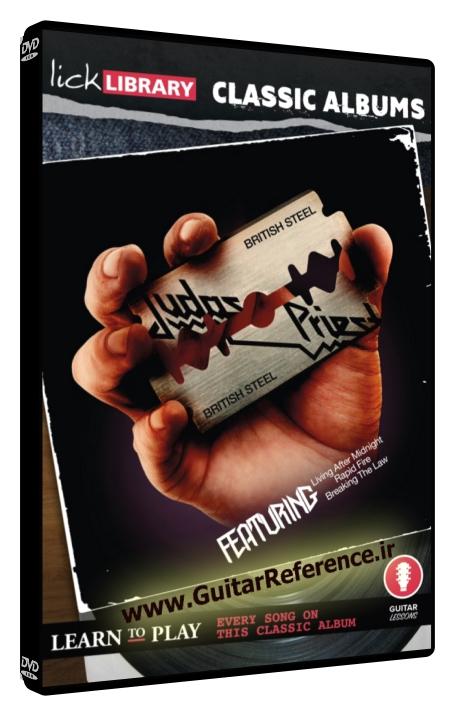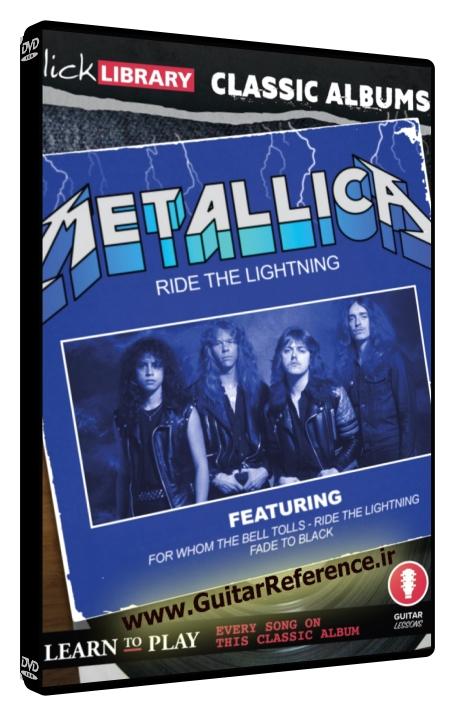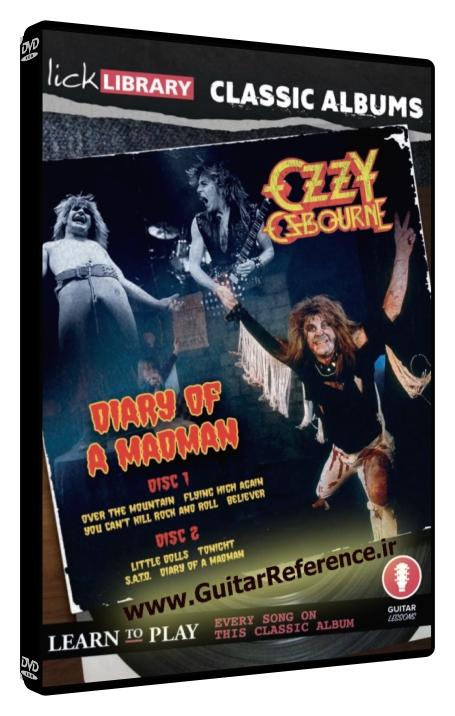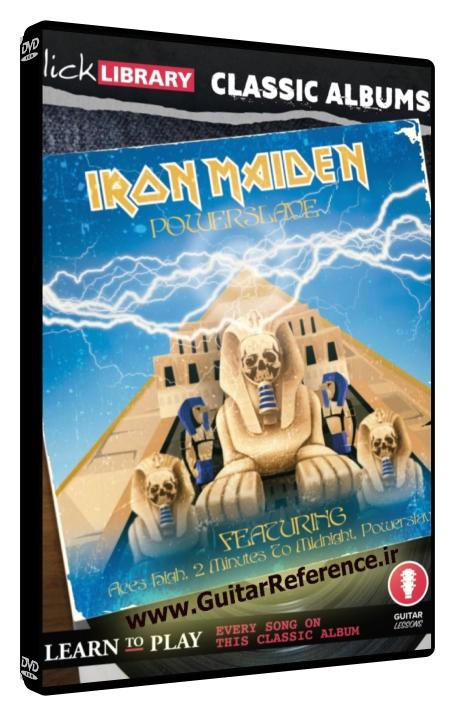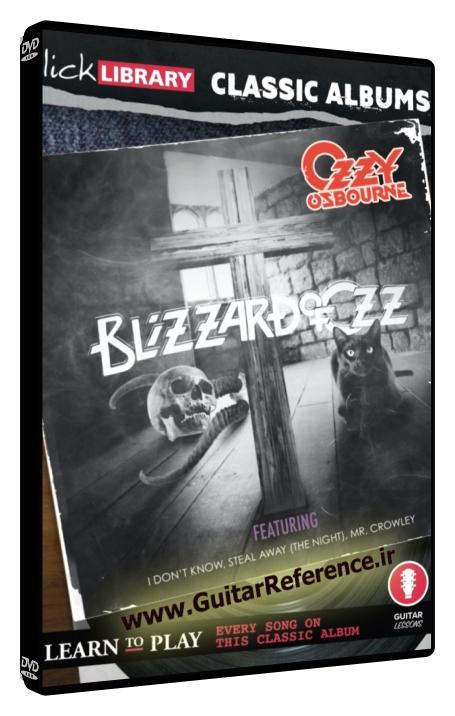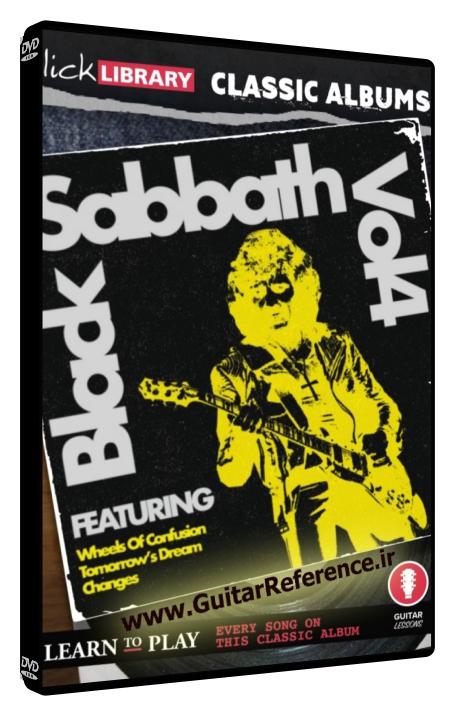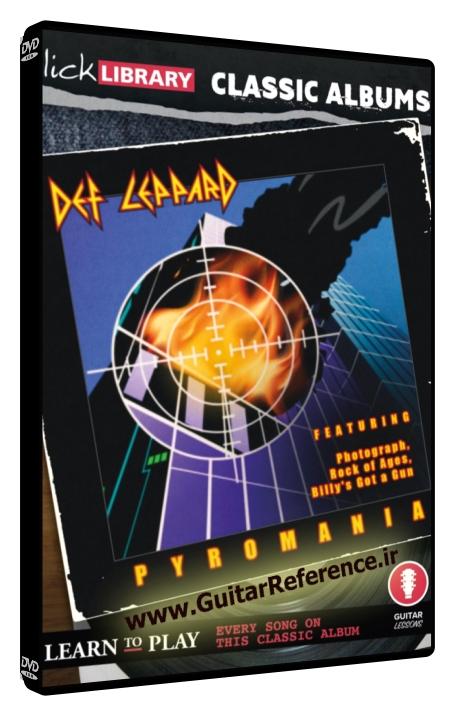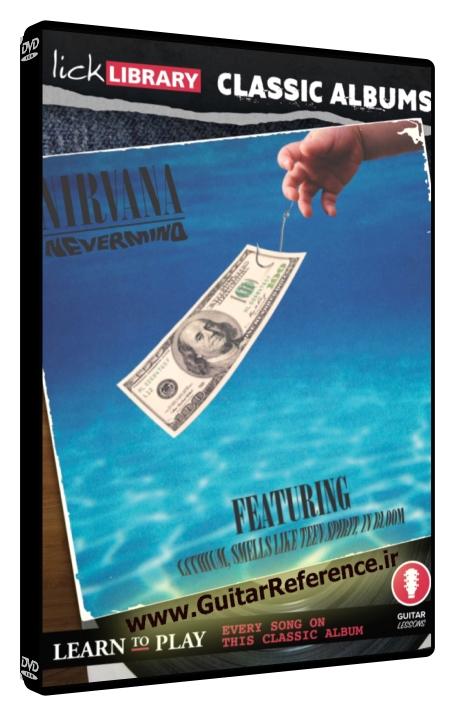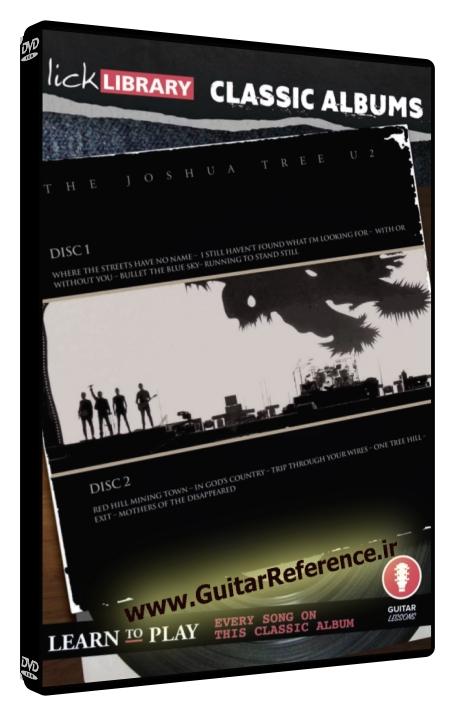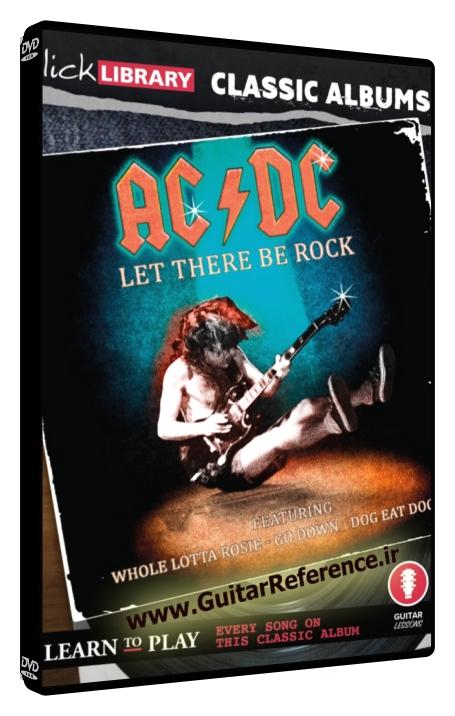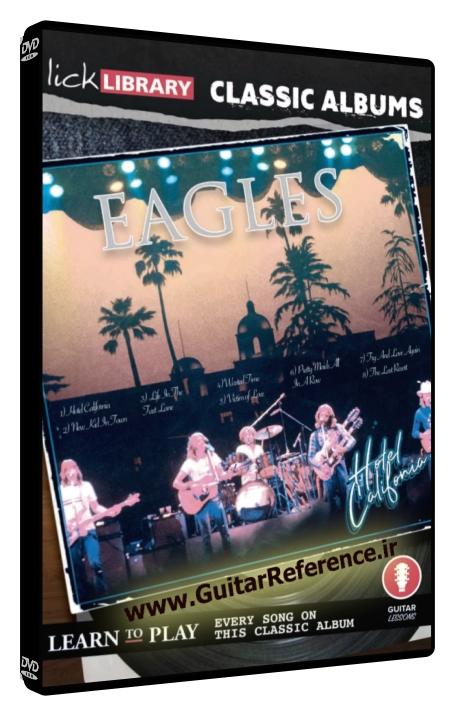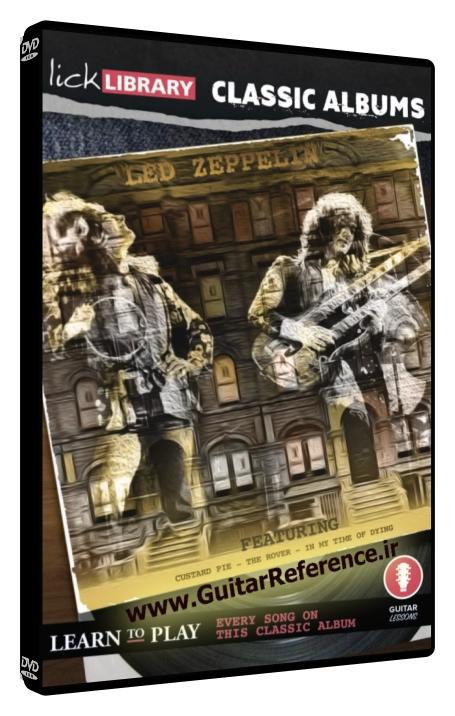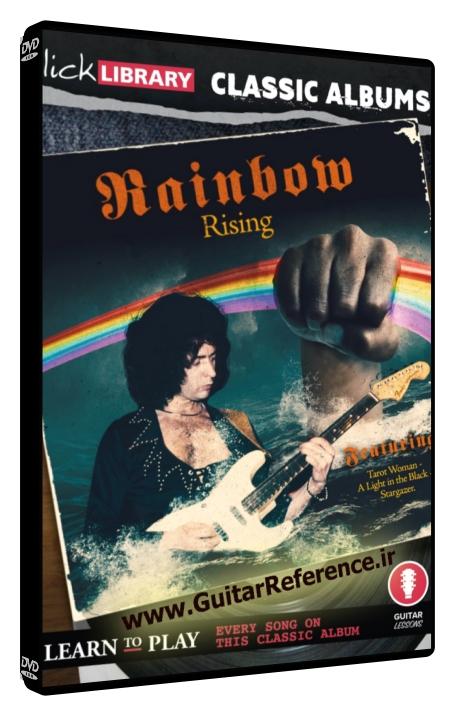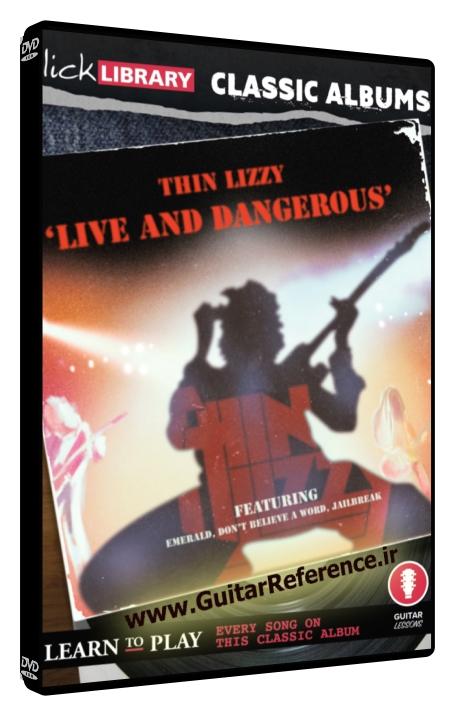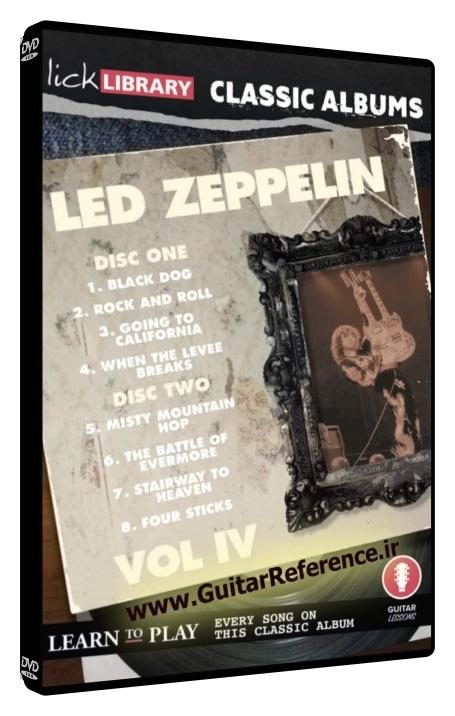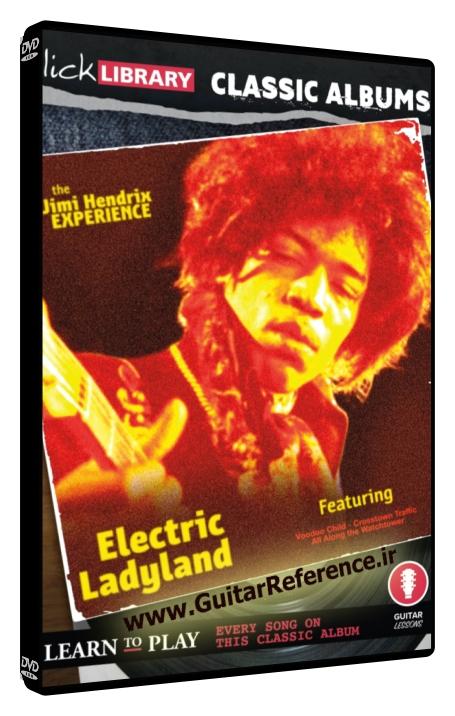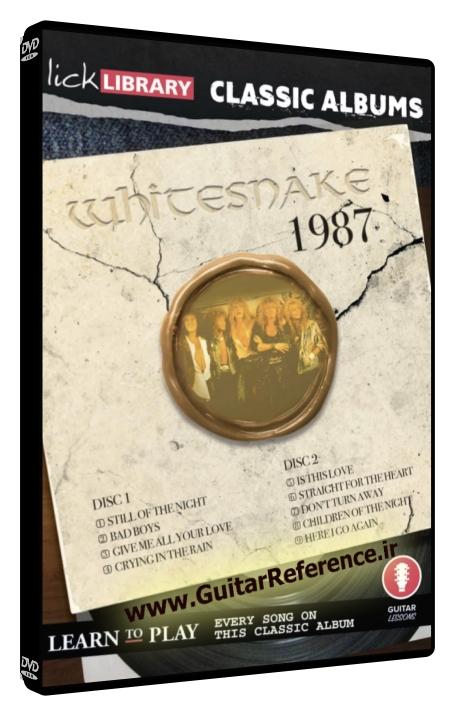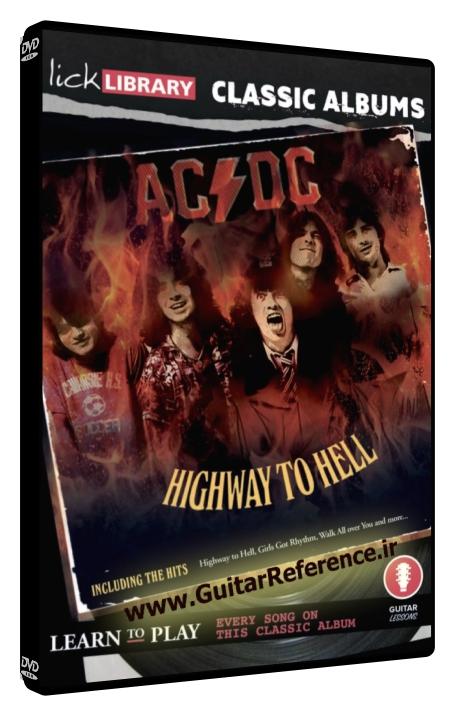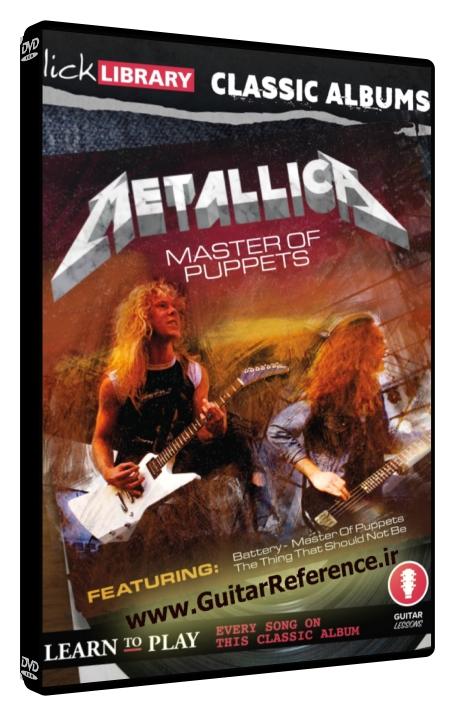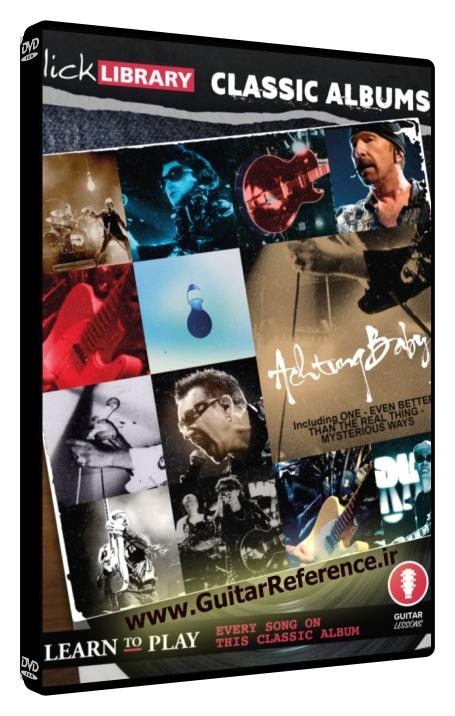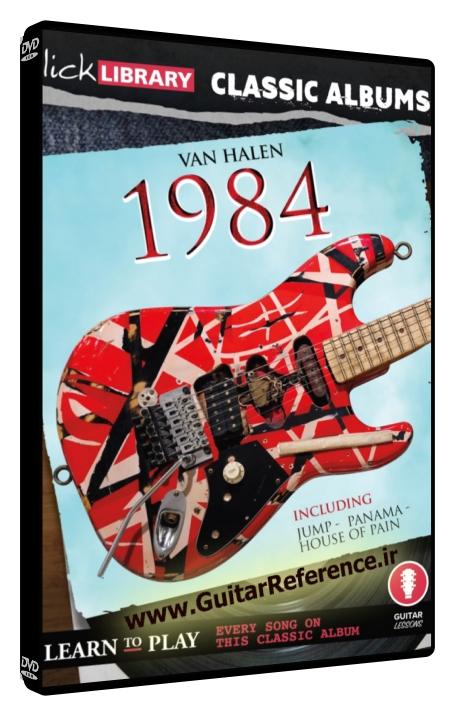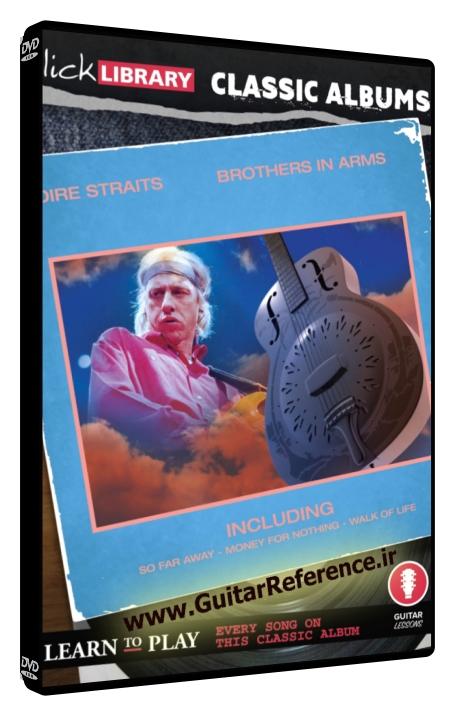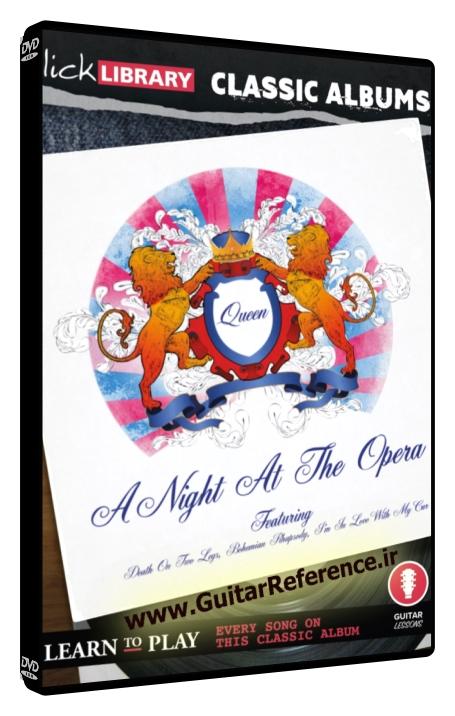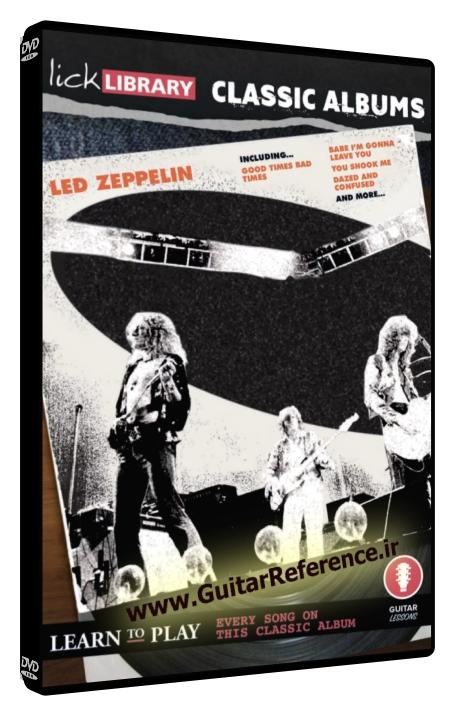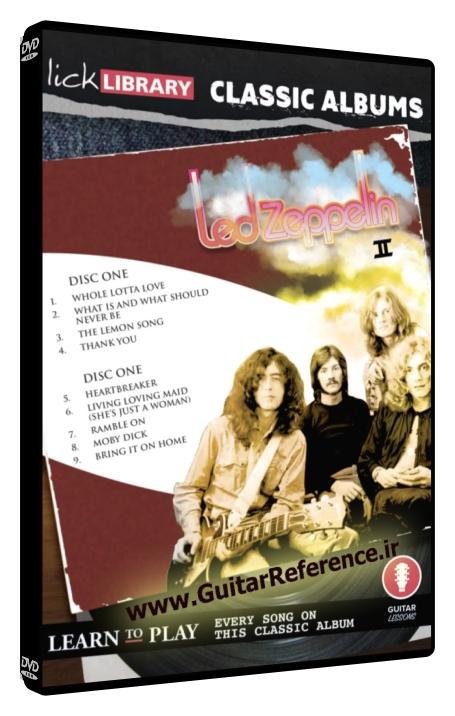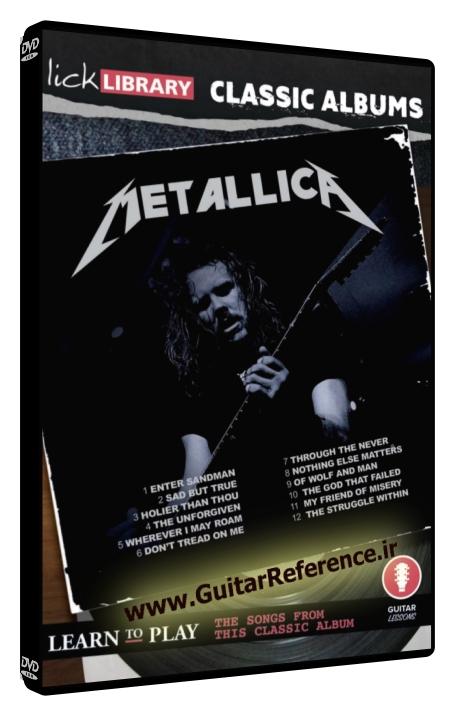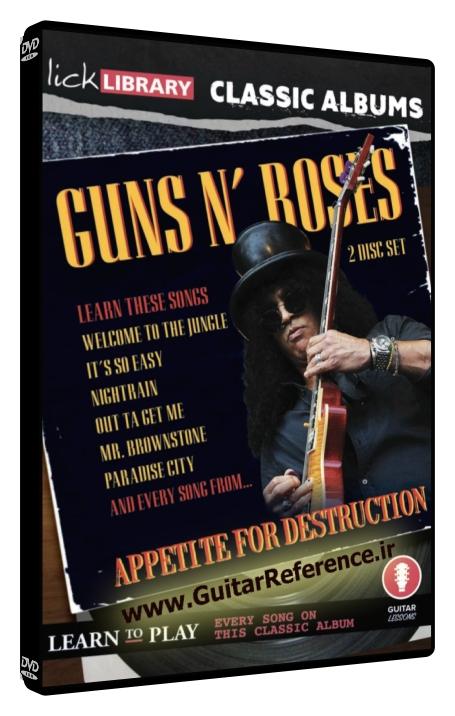Classic Albums – Cowboys From Hell (Pantera)
by Sam Bell
Product Size: 8.77 GB (WEBRIP)
37.99 $ 3.99 $
Description
Guitar Lessons on Pantera’s “Cowboys from Hell”
Despite being their fifth studio album, 1990 release, Cowboys From Hell became know as the moment Pantera found their true groove metal calling; moving away from their hair metal roots to create a more intense and heavy sound. With a sonic power, attitude and musicianship rarely seen in a metal four piece, Cowboys From Hell was a tour de force of virtuosity and secured Dimebag Darrell’s position as a metal guitar god.
In this Classic Album guitar course, Licklibrary metal guitar virtuoso, Sam Bell brings you a rare and accurate breakdown of how to play Dimebag Darrell’s coveted guitar parts from this full album, including fan favourites Cowboys From Hell and Cemetery Gates, plus crushing metal anthems such as Domination and The Art Of Shredding.
Guitar Lesson 1: “Cowboys from Hell”
“Cowboys from Hell” opens with a series of dissonant power chords leading into a rapid-fire riff that showcases the chromaticism inherent in Darrell’s style. The main guitar solos are played in the E minor pentatonic scale, demonstrating the effective use of bluesy bends and whammy bar tricks.
Guitar Lesson 2: “Primal Concrete Sledge”
This song showcases Dimebag’s use of the alternate picking technique, especially in the main riff, which uses a quick and aggressive picking motion to create a jagged, powerful sound. The solos lean towards the Phrygian dominant scale, showing off his love for exotic tonalities.
Guitar Lesson 3: “Psycho Holiday”
Dimebag’s riffs here are melodic yet assertive, exhibiting the use of the Mixolydian scale. The solo incorporates legato and vibrato techniques, providing a different texture amidst the song’s percussive drive.
Guitar Lesson 4: “Heresy”
The rhythm guitar in “Heresy” makes heavy use of palm-muted power chords, forming a thick rhythmic foundation. The solo here is quite complex, with Dimebag weaving between the natural minor scale and harmonic minor scale, coupled with rapid string bending and vibrato for added expressiveness.
Guitar Lesson 5: “Cemetery Gates”
A showcase of Dimebag’s ability to fuse melody and aggression. The introduction features arpeggiated chord progressions. The solo section, played mainly in D minor, is filled with emotional string bending, tapped harmonics, and tremolo picking.
Guitar Lesson 6: “Domination”
The highlight here is the complex rhythm guitar work, characterized by galloping rhythms and syncopated patterns. Dimebag utilizes trills and pull-offs in his solos, and the song concludes with a dive-bomb technique that adds an extra punch to the finale.
Guitar Lesson 7: “Shattered”
Dimebag showcases his skill in octave melodies here, with a fast-paced main riff employing power chords and slides. His use of alternate picking is also notable in the solos, which are primarily rooted in E minor.
Guitar Lesson 8: “Clash with Reality”
The riffs here use a combination of power chords and palm-muting. The song’s solos are constructed around the E minor pentatonic scale, exhibiting the use of fast alternate picking, pinched harmonics, and double-stop bends.
Guitar Lesson 9: “Medicine Man”
Darrell’s ability to use a wide range of scales is evident here, where he uses both blues and chromatic scales for his riffs. The solos incorporate sweep picking, along with an expressive use of vibrato and string bending.
Guitar Lesson 10: “Message in Blood”
The song showcases Dimebag’s ability to create ominous sounding riffs with the use of minor scales, specifically E minor. His solos display an expert use of legato, along with power chords and palm-muted riffs.
Guitar Lesson 11: “The Sleep”
Here, Dimebag uses a mix of natural minor and harmonic minor scales. His solos display a balance between slow, expressive string bending, and fast, aggressive alternate picking.
Guitar Lesson 12: “The Art of Shredding”
The final track highlights Darrell’s shredding capabilities, with fast alternate picking and sweeping arpeggios played over a variety of scales, from natural minor to Mixolydian and Phrygian.
Dimebag Darrell’s work in “Cowboys from Hell” set a new standard for metal guitarists. His fearless experimentation with techniques and scales made a profound impact on the metal genre.
Guitar Techniques in “Cowboys from Hell”
Vibrato / Alternate Picking / Legato / Tapped Harmonics / Double-Stop Bends / Pinched Harmonics / Trills / Tremolo Picking / Arpeggiated Chord Progressions / Dive Bombs / Pull-Offs / Power Chords / Palm Muting / Two-Handed Tapping / Sweep Picking / Slides / String Bending / Syncopated Rhythms / Whammy Bar Tricks / Bluesy Bends / Octave Melodies / Galloping Rhythms / Chromaticism
NB: PERFORMANCE FOOTAGE NOT INCLUDED WITH THIS COURSE
